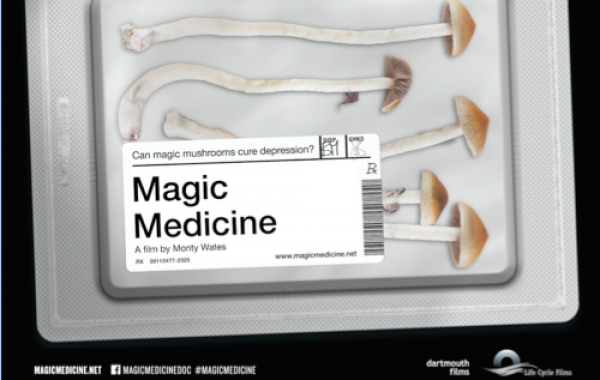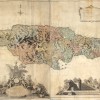African Rebellion in Jamaica 1760-61: more than a riot
In 1760, 1500 or more enslaved black men and women took advantage of Britain’s Seven Year’s War against France and Spain, to stage a massive uprising in Jamaica, which began on April 7 in the windward parish of St Mary’s and continued in the leeward parishes until October of the next year. Over 18 months the rebels killed 60 whites and destroyed thousands of pounds worth of property. More than 500 black men and women were killed in the battle or committed suicide. Another 500 were deported from the island for life. Colonists valued the total cost to the island at nearly a quarter of a million pounds.
Slave Revolt in Jamaica, 1760-1761, A Cartographic Narrative is a new interactive map developed by Dr Vincent Brown, Professor of History and of African and African American Studies at Harvard, narrating the spatial history of the greatest slave insurrection in the eighteenth century British Empire. The map unveils groundbreaking new insights into the political history of slavery, dispelling the often-perceived notion that black uprisings are little more than chaotic riots and instead presents visually how scholars can discern strategic, and carefully planned military campaigns in patterns of movement.
There have been many interpretations as to the purpose and execution of this African rebellion. Planter-historians Edward Long and Bryan Edwards said in the late 1700s that it was launched ‘at the instigation of a Koromantyn negro called Tacky’, a former African chief. They believed that the rebellion had been executed mainly by Akan-speaking people from the Gold Coast, known to have formed the core of the maroon societies that had fought the British to a standstill back in the 1730s. Historian John Thornton had later confirmed more generally that ‘Africans with military experience played an important role in revolts’.
But Dr. Brown asks, should we be taking their word for it? Over the last decade he has been reimagining the revolt by examining its documented history in terms of space and time. By plotting the insurrection on a map, he has broken down its movements into the networks and circuits that sketched its progress. The result has given us not only new and groundbreaking insight into the history of slavery, but has also paved the way for a new form of historical cartography.
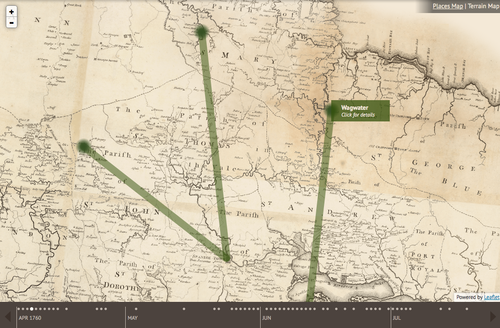 Although this cartographic narration cannot be taken as an exhaustive database—for instance, it does not examine major themes such as belonging and affiliation among the insurgents or the larger imperial context and interconnected Atlantic world— the map does reveal the military campaign’s spatial dynamics.
Although this cartographic narration cannot be taken as an exhaustive database—for instance, it does not examine major themes such as belonging and affiliation among the insurgents or the larger imperial context and interconnected Atlantic world— the map does reveal the military campaign’s spatial dynamics.
Dr Vincent Brown says, “An emerging alliance between historians and mapmakers promises to enlighten public perceptions of black insurrection. As with more recent disturbances, people at the time debated whether the slave insurrection in Jamaica in 1760-61 was a spontaneous eruption or a carefully planned affair. Historians still debate the question, their task made more difficult by the lack of written records produced by the insurgents. Cartographic evidence developed in collaboration with Axis Maps shows that the rebellion was in fact a well-planned affair that posed a genuine strategic threat, not an indiscriminate outburst.”
He further outlines how his research shines a light on how we perceive “riots” in the modern age, such as those associated with Notting Hill Carnival in London in the 20th century. In a recent article for The Guardian, he suggest that,
“Understanding black rebellions will make it easier to recognise and address the conditions that compel people to go to war against their own societies. And it will also mean we can be less afraid of every street party.”
The interactive map was designed and built by Axis Maps using the open-source Leaflet mapping library. It is compatible with touch screen devices and can be viewed online at: http://revolt.axismaps.com
Featured Work
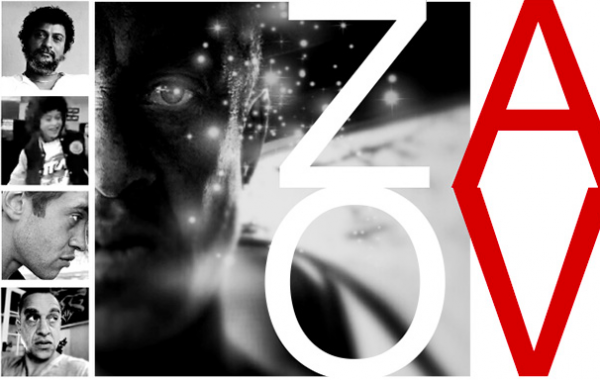
Zak Ové
View Details
TIME’S UP UK
View Details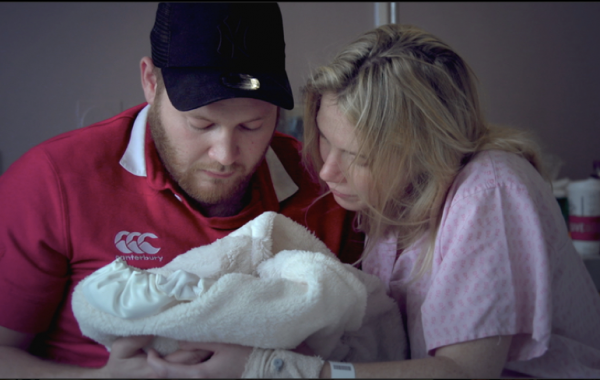
Channel 4
View Details